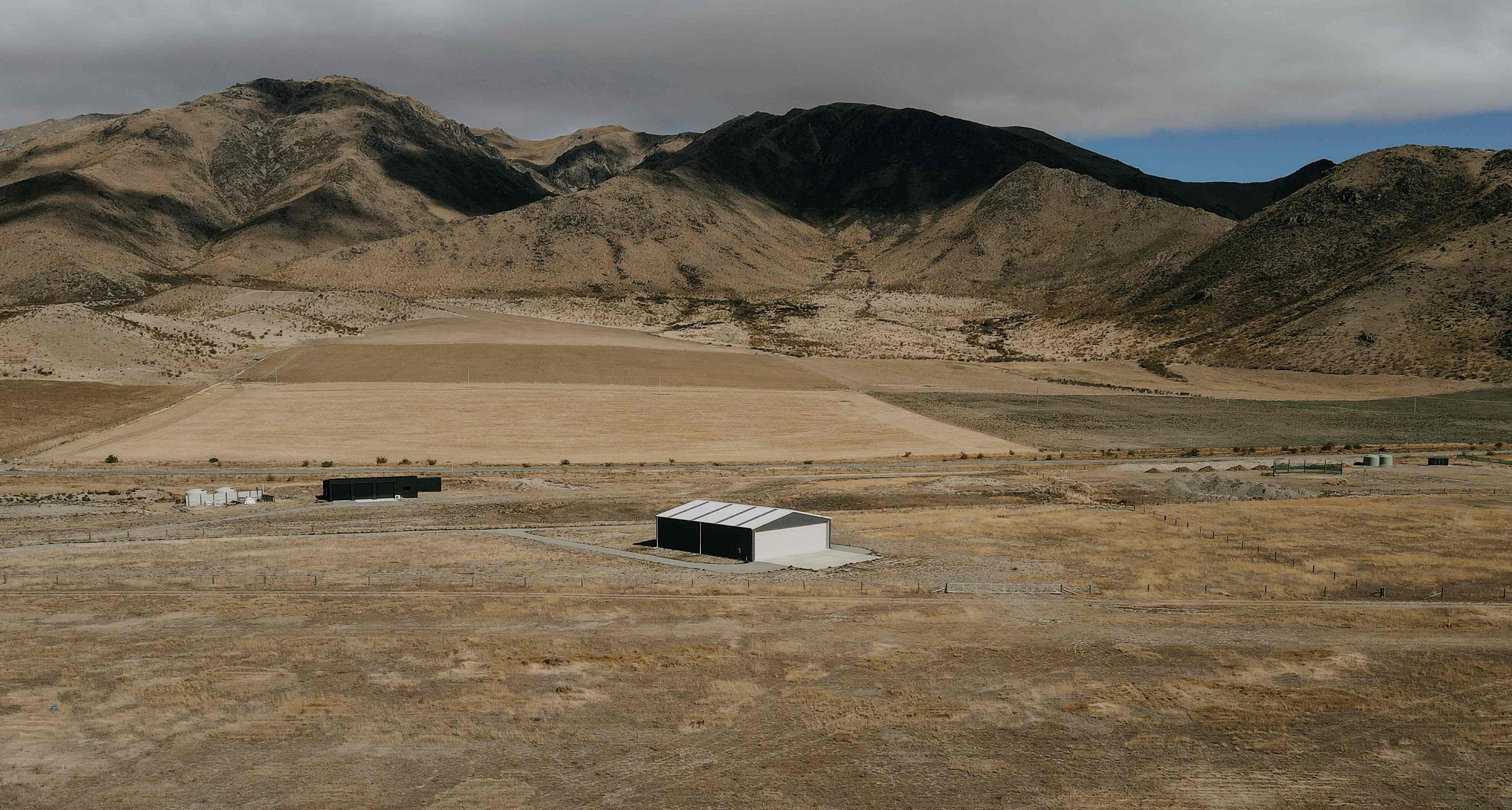
If you want to build a lifestyle pole shed next to your house, you may want the shed to match your house. While cladding profile options are limited when it comes to a timber pole shed, there are steps you can take to elevate the shed aesthetics and align it with your house design.
In this article, we discuss several ways you can easily incorporate some architectural features into your shed design.
1. Roof Pitch
Depending on the configuration, most shed designs have a roof pitch of 4 to 15 degrees.
These pitches are relatively cost-effective and simple to engineer but they are quite shallow compared to most modern homes. For example, the average roof pitch of a modern home is between 20 and 40 degrees.
While it can be challenging for some shed designs to achieve a steeper pitch, the unique Structural Steel rafter system that Alpine uses allows for greater design flexibility. This makes a steeper roof pitch of 20 - 40 degrees easier to achieve. Including a steeper roof pitch is the ultimate way to make your shed a statement piece, providing a design that reflects the look of a modern home.
2. Sectional Doors
Most shed companies use standard coloured flat or ribbed-look metal roller doors. However, sectional doors can be clad in many different materials such as Corten steel, aluminium panels, glass panels, and cedar.
If your house incorporates these elements, sectional doors are an excellent way to incorporate them as accents while making minimal structural changes.
3. Overhangs
Overhangs are often added to the front of a shed to form extra weather protection over the roller doors. Not only are they practical but they also look great and can be a standout feature on your shed. Most overhangs are around 1.0m deep. However, they can also be as little as 400mm to 600mm to match a house.
With Alpine utilising a unique Structural Steel rafter system, an overhang of up to 3.0m can be easily achieved, maximising weather protection as required.
4. Eaves
With overhangs, eaves are formed by the roof line protruding past the wall cladding. However, unlike overhangs, eaves are found on the end walls of the shed. These can be more difficult to design and engineer so they tend to range from 300mm to 900mm, with 600mm being the most common on our sheds.
If a shed incorporates both eaves and overhangs on the same shed, they are often the same size. For example, if a 600mm eave is added to the shed, the overhang will also be 600mm to match.
5. Wing Walls
Wing walls are essentially a continuation of the roof and wall framing, typically on the ends of a shed, providing a more modern, recessed look. Often the same wall cladding is used on the inside of the recess, however, this can be customised if required. For example, soffit material or even cedar cladding can be used.
6. Step In/Bay Recess
A step-in is created when one bay is set further back than the others while the roof line does not change. This can provide increased shelter from the rain when accessing doors, as well as providing an aesthetically pleasing feature.
7. Cladding
When choosing wall cladding, it can seem like the options are endless. However, the reality is that cladding options are quite limited when it comes to your pole shed. Typically, 5-rib and corrugated iron are the most common cladding options as they are cost-effective and require minimal framing.
Other options need a lot more fixing points than iron, ultimately requiring more framing materials, increasing the installation time, and increasing the shed costs.
If iron cladding doesn’t work for you, board and batten is your next best option. This requires more framing and will be more costly but it is much easier to install in comparison to weatherboard or cedar cladding.
8. Internal Linings
Lining the internal walls of the shed covers the framing and looks very tidy. Plywood is most commonly used but not all shed systems can be easily lined out.
Sheds that use rolled steel framing don’t lend themselves to being lined, as it is difficult to add additional framing where it is needed. Furthermore, linings like plywood and gib board need to be fixed at 600mm centres, often meaning more studs must be added.
However, Alpine uses timber framing, making it easy to fix plywood or similar linings to the internal walls.
Multiple features can be added to your lifestyle pole shed, making it more visually appealing and integrating it seamlessly with your house design.
If you want to build a pole shed and would like to include some of these features, get in touch with the team at Alpine. We are happy to talk you through options, make recommendations, and help you design a shed that looks great without compromising quality, durability, or practicality.









